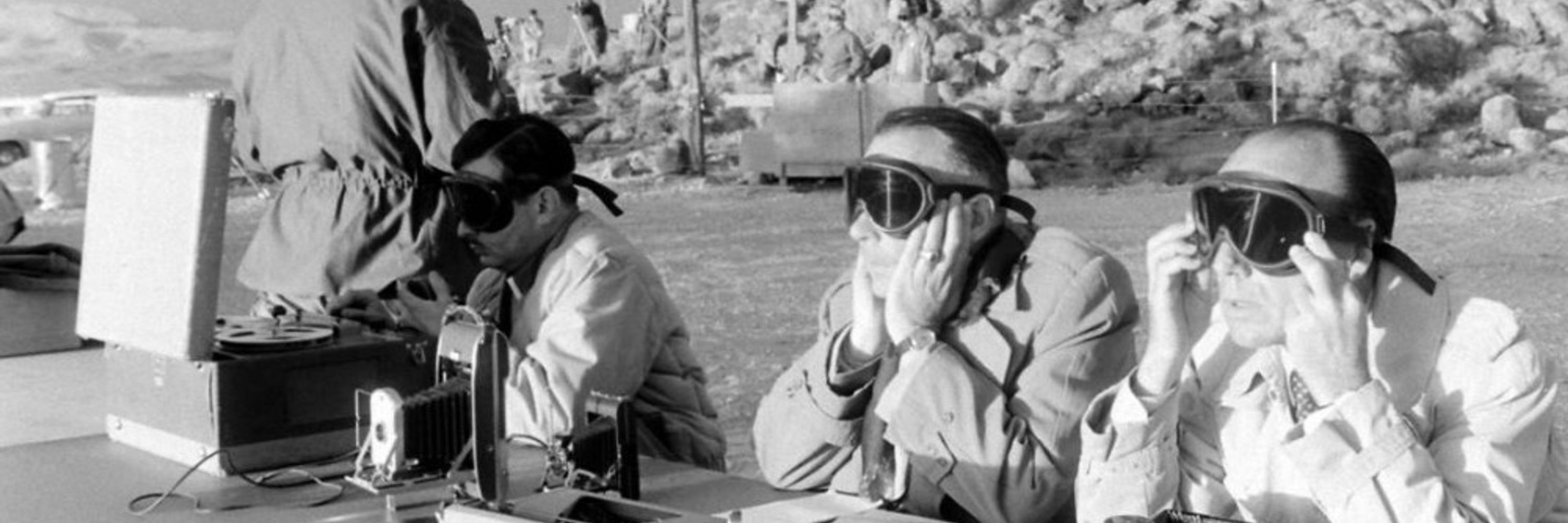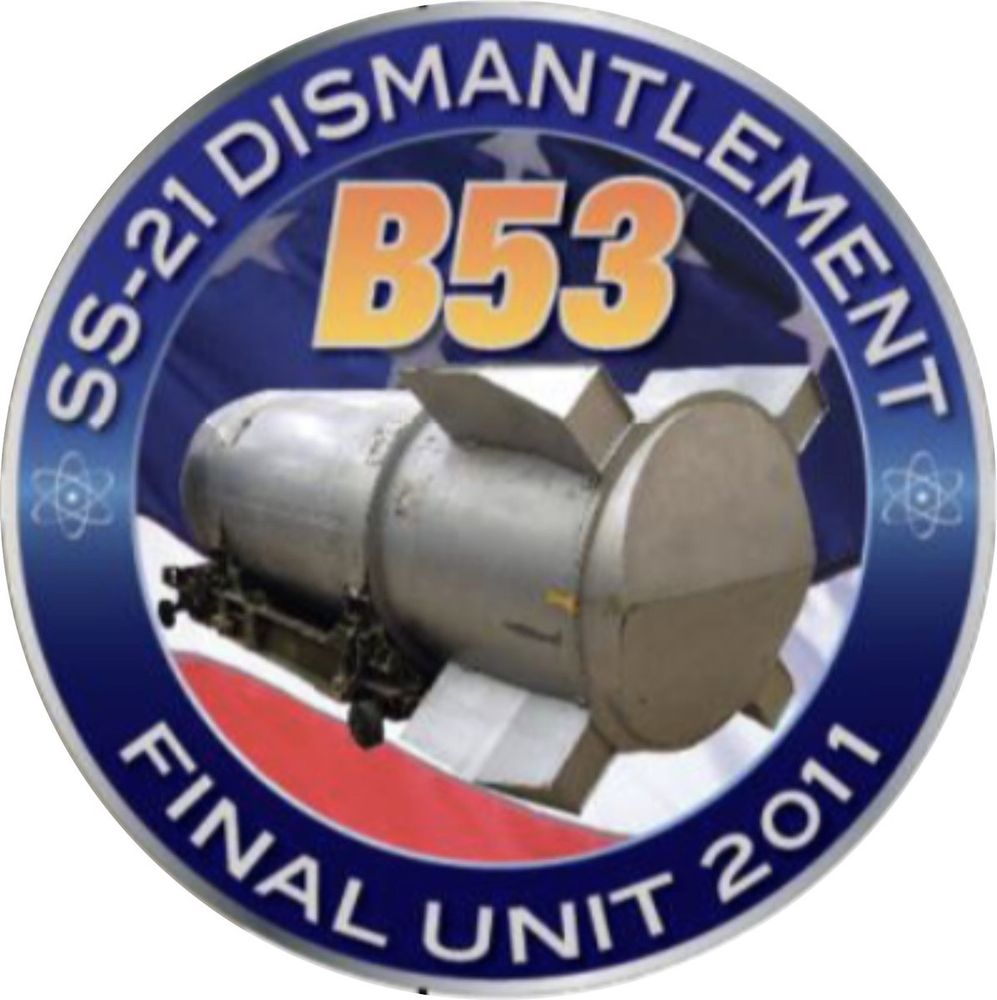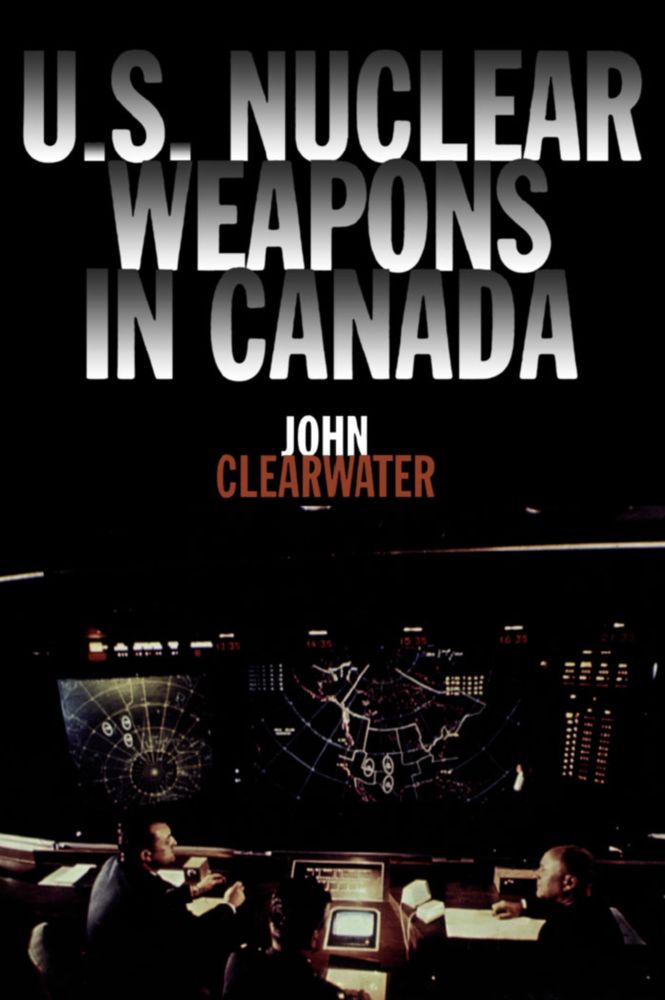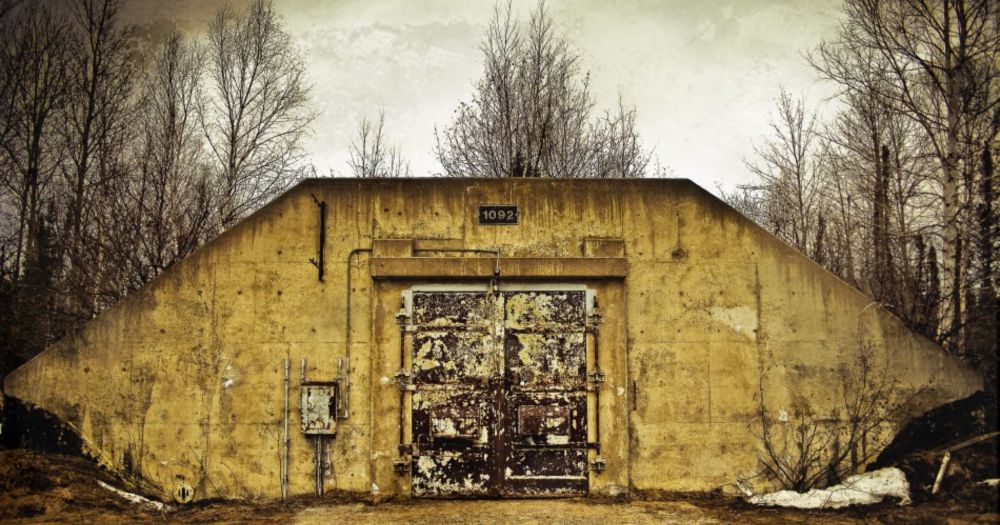
And unless we're foolish enough to start preventive wars to try and stop Russia, China, North Korea, and Iran from ever attacking us, we must pursue political solutions to political problems.
And unless we're foolish enough to start preventive wars to try and stop Russia, China, North Korea, and Iran from ever attacking us, we must pursue political solutions to political problems.
Just one small problem. There’s only one good color photo of the Trinity test, and that ain’t it. This is:
I agree CHARLIE and DOG are the best matches, based on time of day, cloud height, cloud dispersion, and cloud color, with a preference for CHARLIE based on stem width and the red cloud top.

I agree CHARLIE and DOG are the best matches, based on time of day, cloud height, cloud dispersion, and cloud color, with a preference for CHARLIE based on stem width and the red cloud top.
Still trying to find a match for an airburst in Nevada.
Still trying to find a match for an airburst in Nevada.



The last B53 was dismantled in 2011.

The last B53 was dismantled in 2011.
We have only 44 GBIs. In the film they (a) were overconfident and (b) chose to hold some back just in case.
We have only 44 GBIs. In the film they (a) were overconfident and (b) chose to hold some back just in case.
Also, check out Rhea Seehorn's face a second or so later:

Also, check out Rhea Seehorn's face a second or so later:










